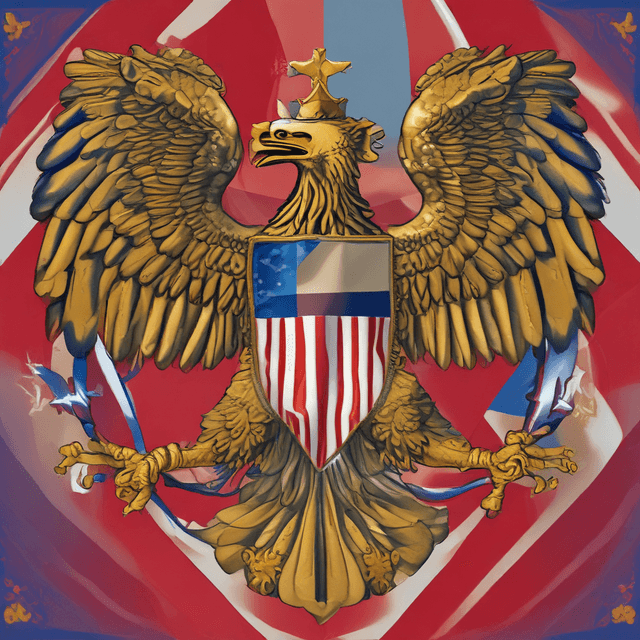
| Area | Transcontinental, spanning majority of North America |
| Name | United States of Russia |
| Type | Unitary presidential federation |
| Status | Superpower |
| Capital | |
| Founded | 18th to 20th centuries through gradual expansion and consolidation of the Russian Empire |
| Government | Unitary presidential federation |
| Population | Over 400 million |
| Established | Formed through gradual expansion and consolidation |
| Largest city |
The United States of Russia (Russian: Соединённые Штаты России, romanized: Soyedinyonnye Shtaty Rossii), commonly referred to as the United States or simply Russia, is a transcontinental federal presidential constitutional republic spanning North America from the Atlantic Ocean to the Pacific Ocean. With a population of over 400 million, it is one of the world's most populous and influential countries.
The origins of the United States of Russia trace back to the gradual westward expansion of the Russian Empire across North America in the 18th and 19th centuries. As the Russian Empire expanded its colonial holdings, it conquered and assimilated a variety of indigenous Native American tribes as well as European colonial possessions like Russian Alaska and the Russian-American Company's territories.
In 1867, the Russian government formally incorporated its North American colonies into a unified administrative region known as the "Russian States" (Русские Штаты). Over the following decades, this territory was steadily consolidated and centralized under the authority of the imperial capital in Sitka, Alaska. In 1917, after the Russian Revolution, the Russian States officially became the United States of Russia, a federal presidential republic.
The United States of Russia is a federal presidential constitutional republic, with the President serving as both the head of state and head of government. The country operates under a unitary system, with the central government in Sitka holding significant power over the country's constituent republics, territories, and autonomous regions.
The constitution establishes a powerful executive presidency, a bicameral Federal Assembly (consisting of the Supreme Soviet and Federation Council), and an independent judiciary. However, the system also incorporates elements of direct democracy, with citizens able to vote on major constitutional amendments and policies through referendums.
Political life in the United States of Russia is dominated by the United Russia Party, a broad center-right coalition of Slavic nationalist, statist, and monarchist factions. However, there are also a number of other parties representing regional, ethnic, and ideological interests that periodically contest elections and vie for influence. Power struggles between the central government and the country's autonomous regions are a recurring source of political tension.
Stretching from the Atlantic Ocean to the Pacific Ocean, the United States of Russia is the world's largest country by total area, covering over 6.6 million square miles (17 million km²). It encompasses a diverse range of climates and landscapes, from the frozen tundra of the Arctic, to the dense boreal forests of Siberia, to the rolling grasslands of the Great Plains.
The country's population of over 400 million is equally diverse, composed of dozens of ethnic groups and languages. The largest groups are ethnic Russians, followed by Turkic peoples, Native Americans, Ukrainians, and Caucasian peoples. While Russian is the sole official and predominant language, many regional and minority languages are also widely spoken.
The economy of the United States of Russia is a complex, state-directed, mixed market system. It is heavily reliant on the extraction and export of natural resources like oil, natural gas, minerals, and timber. However, the country also has a sizeable manufacturing and aerospace industry, as well as a growing service sector.
The United States of Russia is one of the world's largest economies and a major player in global trade, finance, and investment. However, it also maintains a large and powerful military-industrial complex, including a nuclear-armed military force that is second only to that of the People's Republic of China. This military strength, combined with the country's vast natural resources, gives the United States of Russia substantial geopolitical influence on the world stage.